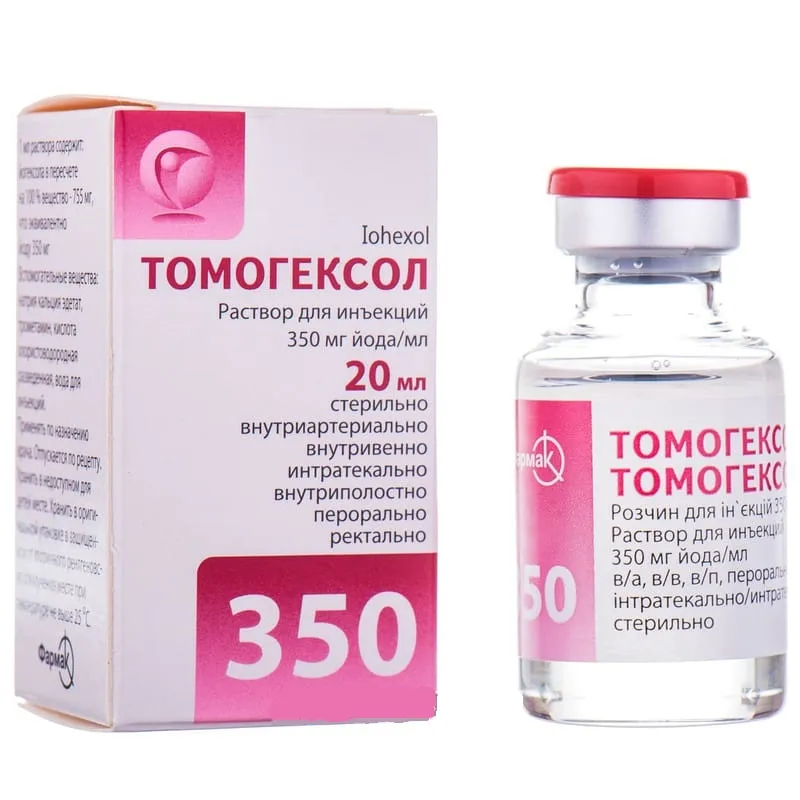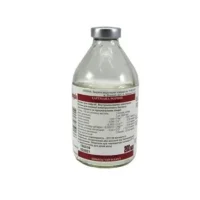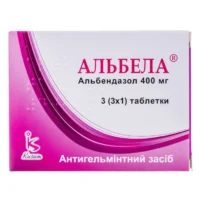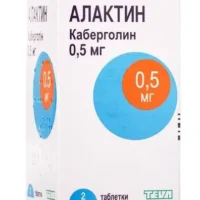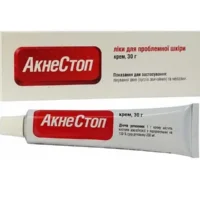Description
Tomohexol (iohexol) Solution for Injections 350 mg/ml – 20 ml – №1 Vial
Ingredients
The active ingredient in Tomohexol is iohexol. Each milliliter of the solution contains 350 mg of iohexol.
Dosage
The dosage of Tomohexol should be individualized based on the patient’s age, weight, and the procedure being performed. It is typically administered intravenously.
Indications
Tomohexol is indicated for use in radiographic procedures where intravascular contrast enhancement is needed. It is commonly used in computed tomography (CT) scans to improve the visibility of blood vessels and tissues.
Contraindications
Do not use Tomohexol in patients with known hypersensitivity to iohexol or iodinated contrast agents. It should also be avoided in patients with severe renal impairment.
Directions
Tomohexol should only be administered by healthcare professionals experienced in the use of radiographic contrast agents. The injection should be given at the appropriate rate and dose for the specific procedure being performed.
Scientific Evidence
Studies have shown that Tomohexol is an effective contrast agent for enhancing radiographic images. Research has demonstrated the superior image quality and safety profile of iohexol compared to other contrast agents.
Additional Information
In clinical trials, Tomohexol has been well-tolerated by patients with minimal side effects. It works by increasing the visibility of blood vessels and tissues in radiographic imaging, allowing for more accurate diagnosis of medical conditions. Tomohexol binds to plasma proteins and is excreted unchanged by the kidneys, making it an ideal contrast agent for imaging studies.

